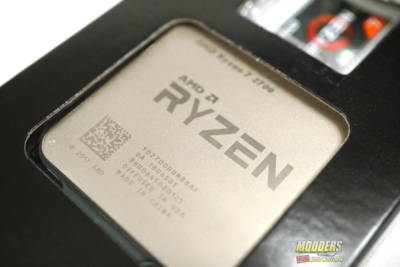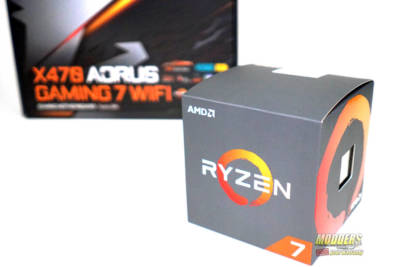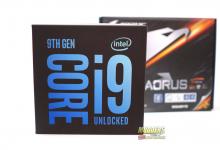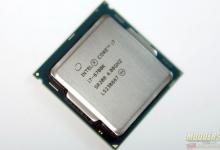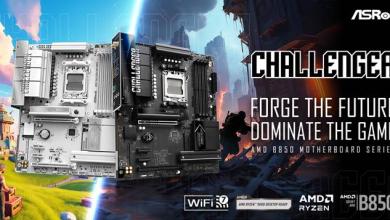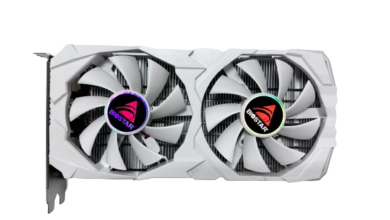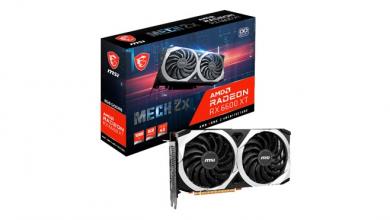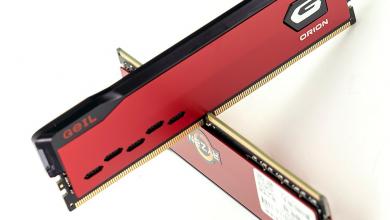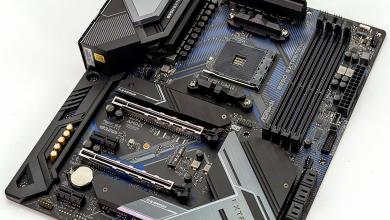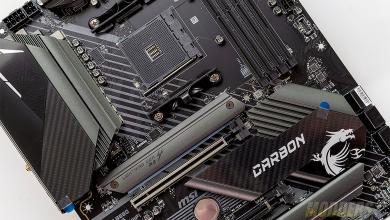Final Thoughts and Conclusion
Overall, I was pleased with the results with both the R7 2700 and the R5 2600. Both chips performed very well, in all areas we tested. Overclocking was much better than with the first generation of Ryzen. Both the 2600 and 2700 overclocked over 4.0 on all cores. Also, my previous experience with both the 1700x and 1700x produced voltage readings in excess of 1.4, and even 1.5 volts, with regards to the 1800x. Both the 2700 and 2600 held stable over clocks of 4.1 GHz and 4.05 GHz respectively while running only 1.32 volts. Temperatures weren’t bad at all and on par with the 8600k we’ve tested recently. One thing of note is when the temperature did reach north of the high 80s, the processors did become unstable. However, this was an extreme situation, after hours of running the Aida Stability test.
Performance on both real life and synthetic benchmarks were great. The big surprise to me was the 3DMARK scores with the 2600 paired with a 1070 TI FTW2. I ran these benchmarks several times each. In every run, the Firestrike and Time Spy scores with the 2600 beat out the 2700 steadily. With games, the two processors were very close, with the 2700 inching out just ahead of the 2600. However, many of these results could be considered within the margin of error. I would say one could make a solid case for the 2600 to be one of the best strictly gaming chips on the market today, especially when you consider the price.
I’m very happy with the performance of both processors, the 2600 and the 2700. I would say the performance of the R5 2600 really impressed me. Having used the 1700x and 1800x, I had a set expectation of the 2700. Given the 2700 did surpass my expectations, the 2600 blew them away. Although I’d recommend both processors, I’m not sure if I could recommend a better purely gaming chip that I’ve tested, over the 2600. Again, both chips were great and I’m very excited to see what AMD offers in the future.
R5 2600

R7 2700

